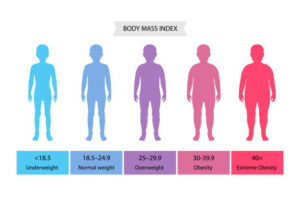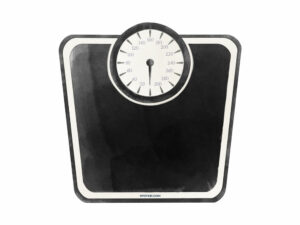This carbohydrate calculator, or carb calculator for short, is a fantastic tool for anyone who enjoys eating healthfully. It can determine the recommended daily intake of carbohydrates for a healthy, well-balanced diet.
Naturally, additional macronutrients like proteins or fats are necessary for a balanced diet; use our macro calculator for a more thorough study of your eating patterns.
What are carbohydrates?
Like proteins or lipids, carbohydrates are classified as a macronutrient. They are found in the majority of our diets and can take on a variety of shapes, including sugars, starches, or fibers. They may be found in foods including milk, cookies, fruits, bread, potatoes, and pasta.
They can be categorized as follows:
- Simple carbohydrates (sugars) are monosaccharides and disaccharides. As their chemical structure is relatively uncomplicated, they are easy to digest. They provide a lot of energy, but you will soon feel hungry again. Some sources of simple carbohydrates include white bread, cookies, and white sugar.
- Complex carbohydrates (starches) are polysaccharides — more complicated chains of sugar molecules. They are considered healthier and tend to fill you up for longer. Examples of foods containing starch include vegetables (e.g., potatoes, carrots), grains (e.g., brown rice, oats), and legumes (beans and peas).
- Fiber consists of nondigestible carbohydrates and lignin that human digestive enzymes cannot completely break down. Health benefits from dietary fiber and whole grains may include a decreased risk of death and lower rates of coronary heart disease (cardiovascular risk calculator), colon cancer, and type 2 diabetes (see diabetes risk calculator).
How many carbs should I eat a day?
There is no set number of carbohydrates you should consume each day. However, our carb calculator can show you the range of the USDA Dietary Guidelines’ recommended carbohydrate intake for your diet.
- The minimum recommended percentage of energy that comes from carbohydrates is 45%. It means that almost half of your energy should come from carbohydrates.
- The maximum recommended percentage is 65%. If you eat a higher percentage of carbs, you probably lack other macronutrients, such as proteins.
These percentages apply to calories. If you want to recalculate the recommended number of kcal in carbs to grams, you should use the following equation:
4 kcal=1 g4 kcal=1 g
Our carb calculator uses this exact formula to give you the optimum range for carbohydrate consumption. You should remember, though, that consulting this calculator is not equivalent to a visit to a dietitian; consult a professional for a personalized diet plan.
Simple sugars
Limiting simple sugars (or simple carbohydrates), even if it’s crucial to keep your carb consumption between 45% and 65%, is crucial. It’s advised not to go beyond 10% of your daily caloric intake.
Why are these carbohydrates harmful to you? The majority have a high glycemic index (GI). This indicates that they disintegrate more quickly and reach your bloodstream more quickly, raising blood sugar levels.
According to studies, decreasing sugar intake is linked to a lower risk of:
- Obesity;
- Type 2 diabetes;
- Cardiovascular disease; and
- Some types of cancer.
Bogna Szyk, Joanna Michałowska, PhD candidate and Aleksandra


